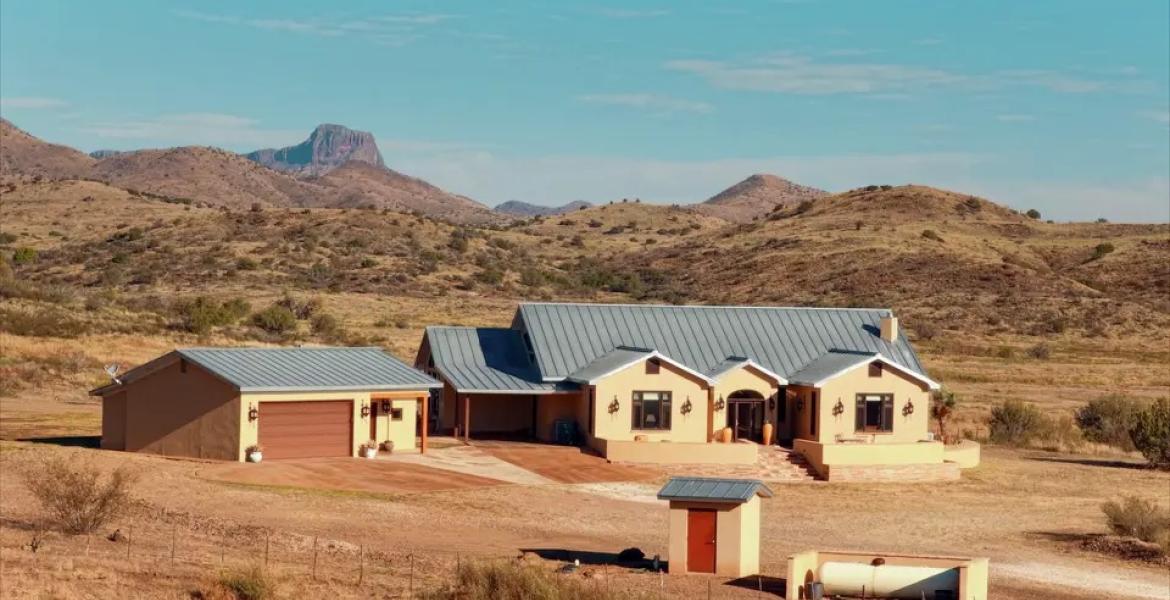SAN ANGELO, TX – The "Saharan Air Layer" is a mass of very dry, dusty air that forms over the Sahara Desert in Africa during the late spring, summer, and early fall season that moves over the tropical North Atlantic according to Hector Guerrero with the National Weather Service office in San Angelo. Saharan Air Layer outbreaks typically occupy a 2 to 2.5-mile-thick layer of the atmosphere with the base starting about 1 mile above the Earth's surface. The warmth, dryness, and strong winds associated with the Saharan Air Layer has been shown to suppress tropical cyclone formation and intensification.
Saharan Air Layer activity usually ramps up in mid-June, peaks from late June to mid-August, and begins to rapidly subside after mid-August. During the peak period, individual Saharan Air Layer outbreaks reach further to the west (as far west as Florida, Central America and even Texas) and cover vast areas of the Atlantic (sometimes as large as the lower 48 United States).
The Saharan Air Layer has unique properties of warmth, dry air, and strong winds that can have significant moderating impacts on tropical cyclone formation and intensification. There are three characteristics of these Saharan dust outbreaks that can affect tropical cyclones, tropical disturbances, and the general climatology of the Atlantic tropical atmosphere.
[[{"fid":"72139","view_mode":"default","fields":{"format":"default","field_file_image_alt_text[und][0][value]":"Saharan Air Layer - NOAA","field_file_image_title_text[und][0][value]":"Saharan Air Layer - NOAA"},"type":"media","field_deltas":{"1":{"format":"default","field_file_image_alt_text[und][0][value]":"Saharan Air Layer - NOAA","field_file_image_title_text[und][0][value]":"Saharan Air Layer - NOAA"}},"attributes":{"alt":"Saharan Air Layer - NOAA","title":"Saharan Air Layer - NOAA","class":"media-element file-default","data-delta":"1"}}]]
First, The Saharan Air Layer’s dry, dusty air has roughly 50% less moisture than typical tropical atmospheres. This extremely dry air can weaken tropical cyclones or tropical disturbances by promoting downdrafts around the storm.
Second, strong winds from the Saharan Air Layer (25-55 mph or 10-25 meters per second) can substantially increase the vertical wind shear in and around the storm environment. This “mid-level jet” of enhanced winds, is typically found at a height of 6,500-14,500 feet (2000-4500 meters), and can cause tilting of the tropical cyclone vortex with height and is capable of disrupting the storm’s internal heat engine.
Third, The Saharan Air Layer’s warmth acts to stabilize the atmosphere, which can suppress the formation of clouds. This stabilizing effect is produced when the Saharan Air Layer’s warm, buoyant air rides above relatively cooler, denser air. The Saharan Air Layer’s suspended mineral dust also absorbs sunlight, which helps maintain its warmth as it crosses the Atlantic Ocean.
To track the Saharan Air Layer movements on GPS click here.
For more information regarding Saharan Air Layers please visit National Oceanic and Atmospheric Administration website here.
Subscribe to the LIVE! Daily
Required






Post a comment to this article here: